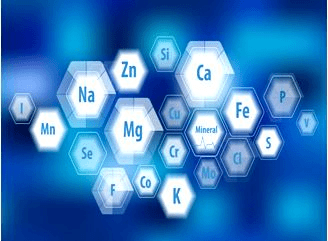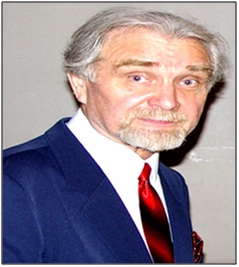THE POSSIBLE ROLE OF TRACE ELEMENTS IN THYROID HYPERTROPHIC AND ADENOMATOUS TRANSFORMATION
Keywords:
Inductively coupled plasma mass spectrometry, neutron activation analysis, thyroid nodules, trace elementsAbstract
Background: Thyroid benign nodules (TBNs) are the most common diseases of this endocrine gland and are common worldwide. Among TBNs the colloid goiter (CG) and thyroid adenoma (TA) are very frequentdiseases. Evaluation of variant of TBNs is clinically important for subsequent therapeutic interventions, as well as for a clearer understanding the etiology of these disorders. The aim of this exploratory study was to examine differences in the content offifty trace elements (TE) in CG and TA tissues.
Methods: Thyroid tissue levels of TE have prospectively evaluated in 46 patients with CG and 19 patients with TA. Measurements have performed using a combination of non-destructive and destructive methods: instrumental neutron activation analysis with high resolution spectrometry of long-lived radionuclides (INAA-LLR) and inductively coupled plasma mass spectrometry (ICPMS), respectively. Tissue samples were divided into two portions. One was used for morphological study while the other was intended for TE analysis.
Results: It was observed that in both CG and TA tissues the contents of Ag, Al, Cr, Hg, Mn, Th, and Zn increased, whereas the levels of Au, Be, Cs, Pb, Rb, Sb, Sc, Th, Yb, and Zr were unchanged in comparison with normal thyroid tissue. No differences were found between the TE contents of CG and TA.
Conclusions: From results obtained, it was possible to conclude that the common characteristics of CG and TA tissue samples were of a high level of Ag, Al, Cr, Hg, Mn, Th, and Zn in comparison with normal thyroid and, therefore, these TE could be involved in etiology and pathogenesis of thyroid disorders such as CG and TA.

Peer Review History:
Received: 1 October 2021; Revised: 5 November; Accepted: 13 December; Available online: 15 January 2022
Academic Editor: Ahmad Najib , Universitas Muslim Indonesia, Indonesia, ahmad.najib@umi.ac.id
, Universitas Muslim Indonesia, Indonesia, ahmad.najib@umi.ac.id
Reviewers:
 Prof. Dr. Hassan A.H. Al-Shamahy, Sana'a University, Yemen, shmahe@yemen.net.ye
Prof. Dr. Hassan A.H. Al-Shamahy, Sana'a University, Yemen, shmahe@yemen.net.ye
 Rima Benatoui, Laboratory of Applied Neuroendocrinology, Department of Biology, Faculty of Science, Badji Mokhtar University Annaba, BP12 E L Hadjar–Algeria, benattouiryma@gmail.com
Rima Benatoui, Laboratory of Applied Neuroendocrinology, Department of Biology, Faculty of Science, Badji Mokhtar University Annaba, BP12 E L Hadjar–Algeria, benattouiryma@gmail.com
Downloads

Published
How to Cite
Issue
Section

This work is licensed under a Creative Commons Attribution-NonCommercial 4.0 International License.









 .
.